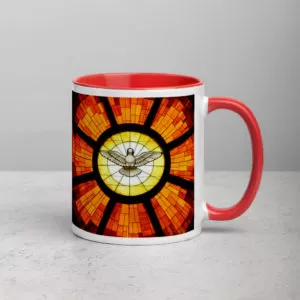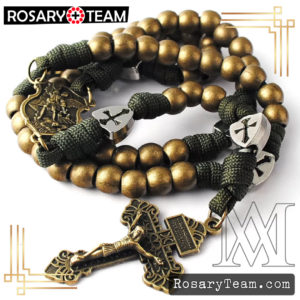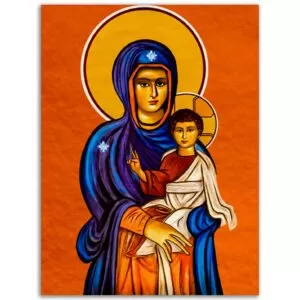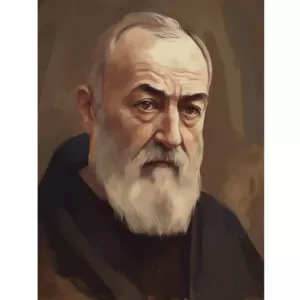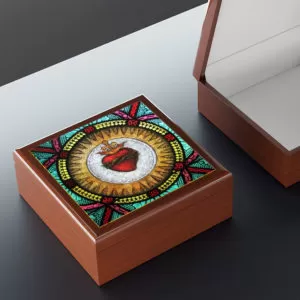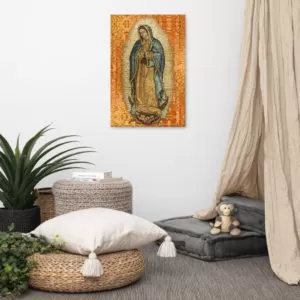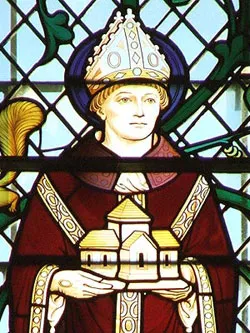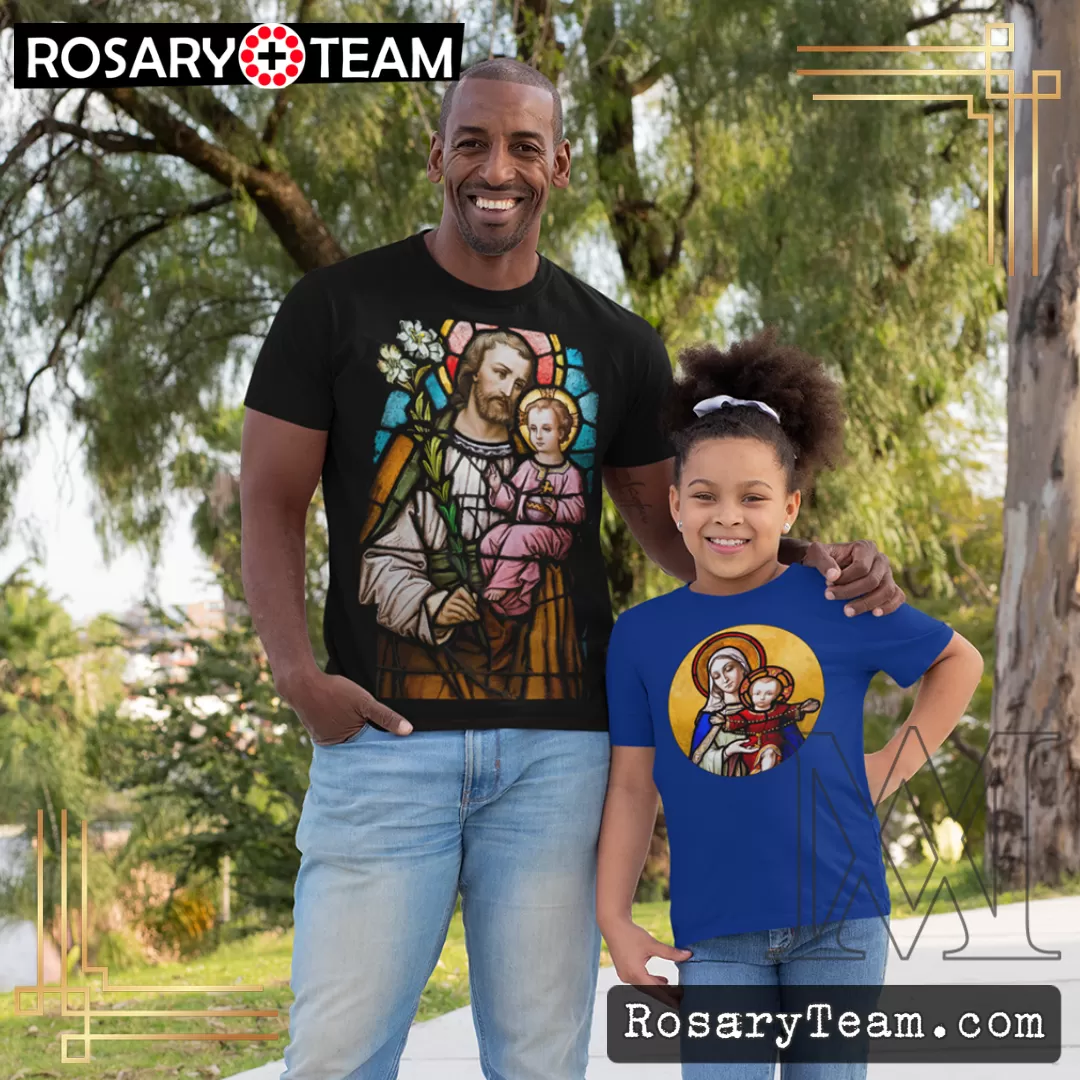SAINT MATTHEW, APOSTLE
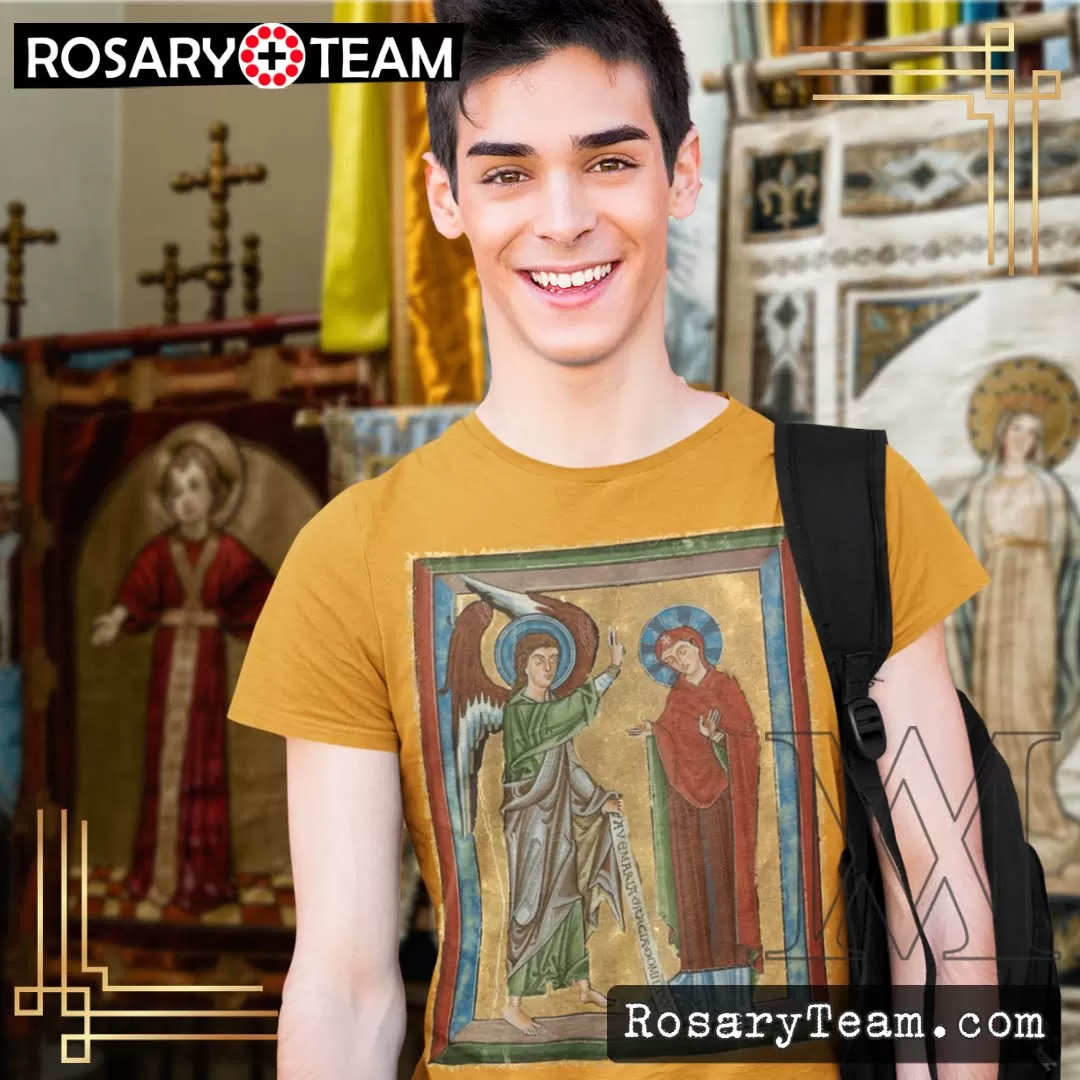
SAINT MATTHEW, APOSTLE
Saint Matthew is spoken of five times in the New Testament; first in Matt., ix, 9, when called by Jesus to follow Him, and then four times in the list of the Apostles, where he is mentioned in the seventh (Luke, vi, 15, and Mark, iii, 18), and again in the eighth place (Matt., x, 3, and Acts, i, 13). The man designated in Matt., ix, 9, as “sitting in the custom house”, and “named Matthew” is the same as Levi, recorded in Mark, ii, 14, and Luke, v, 27, as “sitting at the receipt of custom”. Levi was the original name of the man who was subsequently called Matthew. It is probable that Mattija, “gift of Iaveh”, was the name conferred upon the tax-gatherer by Jesus Christ when He called him to the Apostolate, and by it he was thenceforth known among his Christian brethren, Levi being his original name. Matthew, the son of Alpheus (Mark, ii, 14) was a Galilean. He collected custom
duties for Herod Antipas and was despised by the Pharisees. When summoned by Jesus, Matthew arose and followed Him and tendered Him a feast in his house, where
tax-gatherers and sinners sat at table with Christ and His disciples. This drew a protest from the Pharisees whom Jesus rebuked in these consoling words: “I came not to call the just, but sinners”. He followed Christ, accompanying Him up to the time of His Passion and, in Galilee, was one of the witnesses of His Resurrection. He was also amongst the Apostles who were present at the Ascension, and afterwards withdrew to an upper chamber in Jerusalem praying in union with Mary, the Mother of Jesus, and with his brethren (Acts, i, 10 and 14).
According to Heracleon, who is quoted by Clement of Alexandria, Matthew did not die a martyr. This opinion conflicts with all other ancient testimony. The account of his martyrdom in the apocryphal Greek writings entitled “Martyrium S. Matthći in Ponto” and published by Bonnet, “Acta apostolorum apocrypha” (Leipzig, 1898), is absolutely devoid of historic value. Lipsius holds that this “Martyrium S. Matthći”, which contains traces of Gnosticism, must have been
published in the third century. There is a disagreement as to the place of Saint Matthew’s martyrdom and the kind of torture inflicted on him. It is not known whether he was burned, stoned, or beheaded.
The Latin Church celebrates the feast of Saint Matthew on 21 September, and the Greek
Church on 16 November. Saint Matthew is represented under the symbol of a winged man carrying in his hand a lance as a characteristic emblem.
rosary.team



